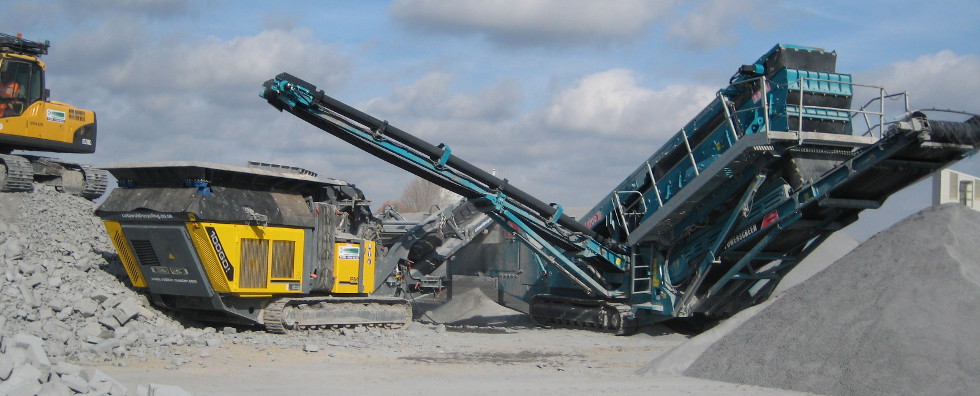Lead ore has a rather complex structure. It is processed for a long time and lead is obtained after the melting of polymetallic ores . Judging by archaeological research, methods of mining lead ore and the metal itself have been known since ancient times. The oldest find was found in a burial site of 6000 years old. The form of the artifact is a rod, its hilt was wooden, but had a lead tip.
Lead properties
Pure lead is known, but it is an extremely rare occurrence. A bluish-gray metal, the freshly cut surface of which has a bright metallic luster and oxidizes rapidly when exposed to air. In the chemical table, stands at number 82. Soft, can be scratched with a nail and leaves a black stripe on the paper. The specific gravity of the metal is 11.40. It melts at 325 ° C and crystallizes upon slow cooling. It has low strength and cannot be pulled into the wire, but nonetheless easily rolled or pressed into thin sheets.
Its properties are significantly affected by the presence of small amounts of impurities. Lead is very easily extracted from the compounds and soluble in weakened nitric acid. It forms several compounds of commercial importance. For example, lead lithium and red lead are oxides, white lead is the main carbonate.
Types of Lead Ore
Most often associated with zinc or silver ores is galena. Lead obtained from the latter is called “hard”, and from silver-free ores “soft”. In the upper parts of the galena deposits are oxidized to numerous oxisols. Thus, the main minerals of lead are: cerussite, anglesite, pyromorphite, mimetic, vanadinite, crocoite and wulfenite.
As a rule, galena lies in deep veins that have not been oxidized. In those cases when the veins are oxidized and eroded, anglesites appear as the products of change. This mineral is unstable compared to cerussite and turns into the latter when exposed to carbonated water. Where solutions in the oxidation zone cross phosphate rocks, pyromorphite develops. In cases where galenite contains silver, silver minerals result from oxidation.
Some of the most important silver ores in the world are shaped this way. Numerous minerals are found together with galena in veins of lead ore, one of the most common of them is sphalerite. The most important of the other related minerals are calcite, dolomite, siderite, pyrite, chalcopyrite, barite and fluorite.
Production and Production Technique
There are 3 main processes in lead-zinc treatment: crushing, grinding and enrichment. To produce lead, for example from galena or cerussite, the ore is first partially calcined or calcined, and then melted in reverberation or blast furnaces. Most lead ores contain silver. This metal is obtained by stopping or in other ways. Sphalerite is often associated with galena, but smelters rarely take lead ores containing more than 10 percent zinc, as its presence causes difficulty in smelting. In such cases, resort to the mechanical separation of the two minerals (enrichment). Sometimes during this process significant losses of both lead and zinc occur.

When lead minerals are heated only on charcoal, they are covered with a sulfur-yellow crust. When heated with potassium iodide and sulfur, they create a shiny yellow coating. Burning with sodium carbonate and charcoal creates metallic lead, which appears as a lead gray ball, bright when hot, but faded when cold. If antimony is associated with galena, the ore often melts without treatment, directly to produce antimonial lead.
Areas of use
Lead metal is used in the form of sheets, pipes, etc. It is used for the manufacture of scales, bullets and shots. It is also an integral part of various alloys, such as solder (lead and tin), gart (lead and antimony) and low melting alloys (lead, bismuth and tin). A small amount of lead is used as the main carbonate, which is known as white lead and is very valuable as a coloring pigment. Oxides of lead, gleth and minium are used in the manufacture of glass of excellent quality, in glaze for clay products and in the form of coloring pigments. Lead chromates are used as yellow and red inks. Lead acetate, known as lead sugar, is important in various industries.
Due to its rich lead and zinc element, lead-zinc ore has excellent development ability. It is widely used in the manufacture of electrical engineering, in mechanical engineering, military industry, metallurgy, light, pharmaceutical and chemical industries. In addition, zinc metal is widely used in the nuclear and oil industries.
Ore deposits
Lead deposits are processed in three different classes, according to what they are mined from: only lead, lead and zinc, lead and silver. In recent years, lead silver ores have been the largest source of metal. Of great importance among others is the southeastern Missouri region.
Galena is found both in layers and in veins. Metasomatic lead and zinc veins are found in contact metamorphic deposits in limestone. These are Derbyshire, Flintshire, Cumberland in England; Sale in Sweden Ryble and Bleiberg (Carinthia), Lidville (Colorado), Utah, Wisconsin and others.
Hydrothermal primary veins are another important manifestation of galena. This applies to sphalerite, pyrite, quartz and barite: deposits of Cardigan, Minera, Isle of Man, Cornwall, Derbyshire, Aspen and Rico (Colorado), Broken Hill (New South Wales) and Freiberg (Saxony). The United States of America once accounted for about 90% of global lead ore production. Recently, much less has been released. The countries of Spain, Australia, Germany, Poland, and Mexico also produced significant amounts of lead. Following are Britain, Russia, France, Canada, Greece and Italy.
Estimates of potential lead reserves in Russia put it in second place in the world, but the country is only seventh in terms of production. The largest deposits of lead ores are located in Eastern Siberia, there are 68 in total.